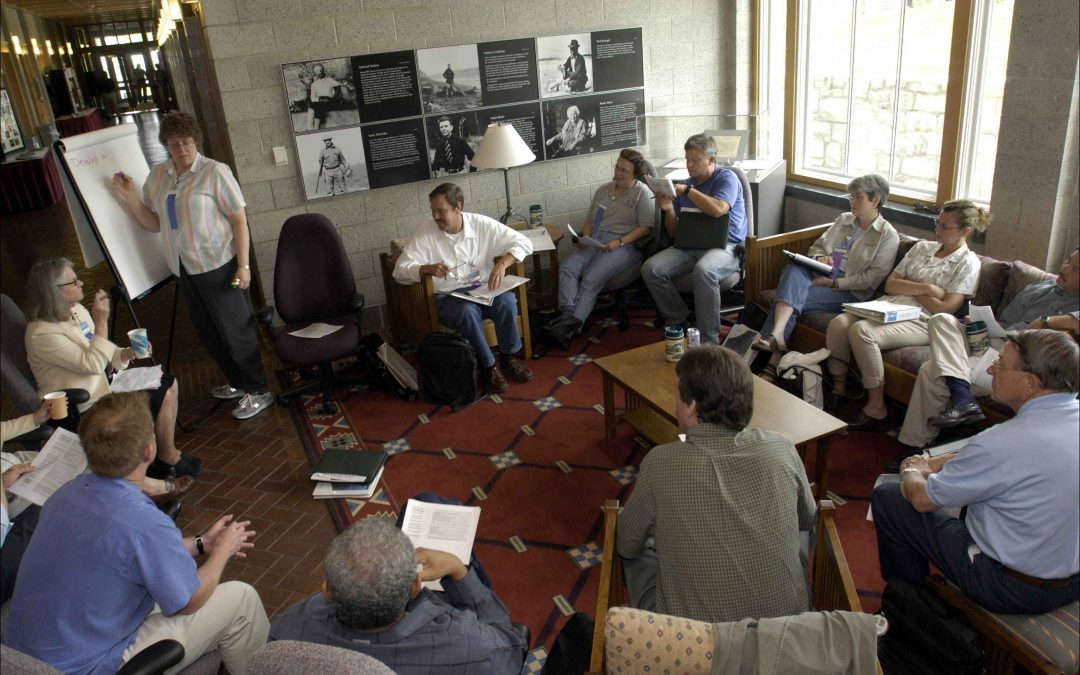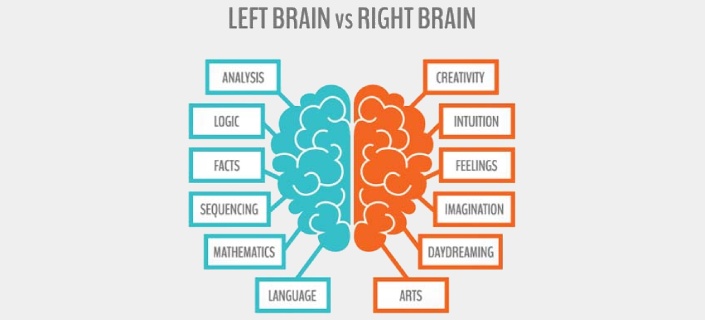
by Gary Reinecke | Sep 13, 2019 | Church Growth, Leader Development, Personal Development |
People learn to discover and follow Jesus in community. Few environments do that better than a small group. This begs the question, what did Jesus model for His disciples.
Small Groups do these two things with Excelllence:
- Care for People
- Develop People
Caring for people is with the whole person in mind.
What does excellent “pastoral care” look like?
In the small group I lead with my wife, Gina, we have established a “care-net” for the members of our group. What does that mean:
- when a person has a need, members are quick to respond
- when a person misses a small group event, they receive a call
- when a person shares a challenge they are facing, we pray
The list goes on; but you get the idea.
Three reflection questions to strengthen the “care-net” in your small group:
- What needs are we currently meeting in our small group?
- What other needs should we be more aware of at this time?
- How can we meet this new need and expand our “care-net”?
Next time I’ll discuss the second item on the list above: “Develop People”.

by Gary Reinecke | Sep 6, 2019 | Church Growth, Church Multiplication, Disciplemaking, Leader Development |
Of all the areas that will contribute to a healthy church, small groups are one of the most impactful. In fact, in the book Natural Church Development, under the section of Holistic Small Groups, you will discover an interesting factoid based on the data measuring over 170 variables. The most important element contributing to the growth of the church, based on over 4.2 million survey answers, is the multiplication of small groups. It is the environment where all of the elements of a healthy church interplay. Below are two things great small groups do to make more and better disciples.
Provide Excellent Pastoral Care
We can tell story after story from our church community of how people have been cared for during difficult times in their life. Helping a cancer patient die with dignity, supporting a newly widowed mom through the sudden loss of her husband – while still caring for her young ones, loving divorced spouses to move on, helping a parent hope again after losing a child; and the list goes on and on. The beauty is the first person, people in our church call when they are in need is their small group leader OR better yet, members of their small group.
Robust Leadership Development Process
Highly relational coaches provide the support, encouragement and training to develop small group leaders in our church community. We have an orientation session that lasts a couple of hours for new small group leaders. But training happens “just in time” as leaders lead their group. I’ve found that the periodic calls we receive from our coach gives the level of support needed in about 90% of the situations we find ourselves. The remaining 10% need pastoral intervention when the situation warrants it; but that is not the norm.
Recently we kicked-off the fall Small Group season in our church community. You can see more of what we do in small groups when you CLICK HERE. When I asked our pastor, Steve Redden, the key to the small group DNA at Crosspoint he said two things stand out:
- From day one, small groups were the priority and no other ministries compete on the same evening as small groups.
- From day one, Steve has led a small group focused on new people with the intent of handing leadership over to an emerging leader from the group, so that he and his wife can start a new group.
Small groups that provide excellent pastoral care and a robust leadership development process are contributing to the vision – more and better disciples. Multiplication at the most fundamental level of disciplemaking and small groups is a good thing! These helpful tips are intended for you if you are wondering where to start or the next step you need to take to move your small group ministry forward.

by Gary Reinecke | Sep 3, 2019 | Coach Training, Leader Development, Personal Development |
When Gina and I were married 25+ years ago we discussed and subsequently, researched a new hobby that we would like to learn together. The hobby we chose was mountain biking. We asked a friend what we needed; we bought two bikes, helmets, gloves and gear. Little by little we learned some of the finer points of our new hobby. We even bought a book and trained early in the morning to beat the heat in Phoenix to practice our skills.
25+ years later we are still learning new techniques that help us raise our riding skills.
About a month ago I was given a mountain bike magazine from Great Britain. In it was an article that caught my attention. It reminded readers of techniques for riding aggressive downhill trails. The tendency when going down a steep decline is to lean back. In contrast, the best way to ride an aggressive downhill trail is to stay on your seat, lean forward and bend your arms.
These tips have helped me immensely!
Take that same approach to coaching. If you have gone through a basic coach training course you undoubtedly know the importance of listening and asking questions. One thing I’ve discovered is that many leaders simply forget. I would like to remind you of the basics again. Read THIS BLOG as a refresher to the Five Shifts of a Great Coach.
Going back, reviewing the basics can make a BIG difference.

by Gary Reinecke | Aug 20, 2019 | Leader Development, Personal Development |
I have realised the power of an accurate assessment, plus a qualified coach, to help leaders succeed.
Recently I took a group of leaders through an assessment on their leadership effectiveness. it required some time on their part to administer the assessment, minimal cost and honest reflection as they responded to the questions. Each person became more self-aware than they were before and it gave the supervisor/coach an opportunity to de-brief their initial observations – at a minimum. For the leader who is serious about her/his development they are in a much better position to learn and grow. For the intrinsically motivated leader, the data from the assessment served as a catalyst to change and grow their leadership.
A simple self assessment like the one I will share below can propel people on a developmental path that could have short-term and long-term implications for the leader.
This assessment is NOT in-depth. It is not the assessment I mentioned at the start of this blog. It contains 8 questions to rate yourself on 8 essential traits of effective leaders. It does not cost anything financially.
It does however, give you a baseline measure. It does generate a report that will be e-mailed to help you, to help you move forward in your development OR to work with th members of your team. It does serve as a means to open the conversation with leaders.
Please CLICK HERE to access the Develop the Leaders Around You survey.

by Gary Reinecke | Aug 13, 2019 | Coach Training, Leader Development, Personal Development |
Last week I attended the Global Leadership Summit for about the 15th year. The faculty came from diverse areas in ministry, government and business. Each year I encourage my network to attend because of the rich leadership insights I have gleaned. In fact, several years ago I began taking my then 12-year-old son and later my teenage daughter. The GLS became an annual ritual they enthusiastically anticipated, until they entered university. Even during those early days of their development they captured key learnings about themselves that shaped them into the young adults they are becoming today.
What struck me again this year was the quality of the speaker’s content related to some aspect of leadership. One speaker that caught my attention was Craig Groeschel (Founder and Senior Pastor of Life.Church). His final presentation of the conference was on the topic of communicating, especially as it relates to vision.
His point was simple and clear:
Knowledge leads to conclusions; emotions lead to action.
Groeschel offered three questions for consideration when preparing to communicate vision:
- What do you want them to know?
- What do you want them to feel?
- What do you want them to do?
His Big Idea was for leaders to pay special attention to the emotional dimension when communicating vision. With that in mind, Groeschel concluded his talk with three things to move people’s emotions:
- Share Stories Purposefully
- Choose Words Deliberately
- Show Vulnerability Thoughtfully
As leaders, I believe we would agree that we must all sharpen our communication.
Following are two podcasts by Craig Groeschel where he elaborates on the points above. I would encourage you to watch these and share these with the leaders around you. Until next time – lead on!




